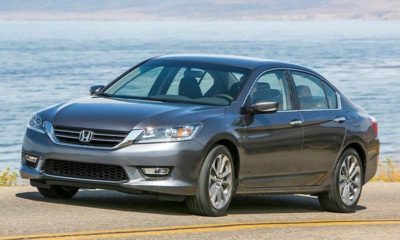The raining season is about to commence. So, what are we to expect?
According to the Nigerian Meteorological Agency (NiMet), Nigeria will experience the heaviest rainfall in our national history in 2018.
NiMet specifically predicted that there would be 60% chances of more rains in 2018.
So, Nigerians are expected to brace up for a lot of downpours and its attendant inconveniences.
For the motorists, Autojosh has highlighted 10 important tips on how to cope with the rains and to avoid dangers caused by rainfalls and floods.

1. Turn on your headlights
Turning on your headlights in the rain helps with visibility. It makes it easier for you to see things ahead of you. It also makes other motorists to see you. This way, accidents can be avoided. So, no matter what time, whether it daytime or night time, always have your headlight on when you are driving in the rain.

2. Be careful, brakes can be affected by water
Under rainy or very wet conditions, your brake might not function as effectively as it used to. In addition, water can reduce the friction between the ground and your tyres. In other words, brakes are not too reliable under these conditions.

3. Reduce your speed
Drive at or below the speed limit. Drive at a speed that does not endanger you and other motorists. Make your speed be just enough for you to see far in front of you and to enable you make a quick driving decision.
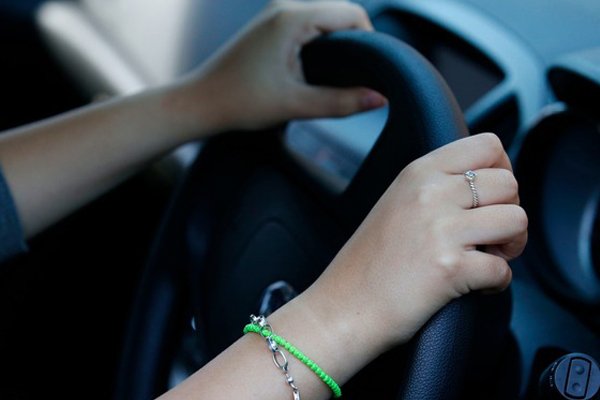
4. Always keep your two hands on the steering wheel
While you are driving in the rains, ensure to keep your hands on the steering wheels at all times.
Avoid distractions coming from your audio system, phone calls, etc. Focus on the road ahead of you. Use your mirrors (Back View Mirror, Right Hand side & Left Hand side). This is necessary to check out for unusual sources of danger such as falling electric poles, trees, etc.
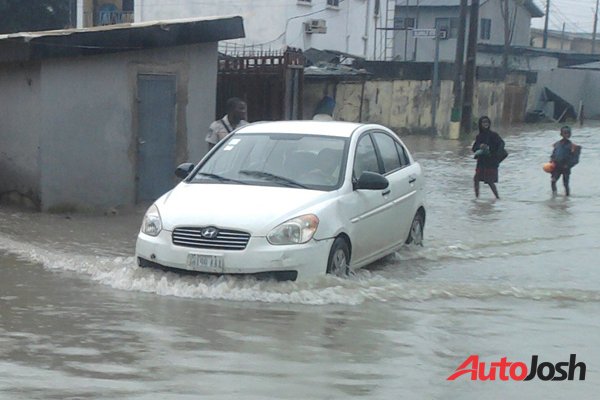
5. Avoid flooded roads
Never drive through heavily flowing or stagnant pool of water on the road. Find a way to gauge the depth of the pool of water. For instance, you can determine the depth of the water by watching other drivers who are more familiar with the terrain to drive through it first. Then you can follow. Still, be careful because flooding the engine of your car can cause the engine to stall, and deep water can actually float your car and take it off the road.
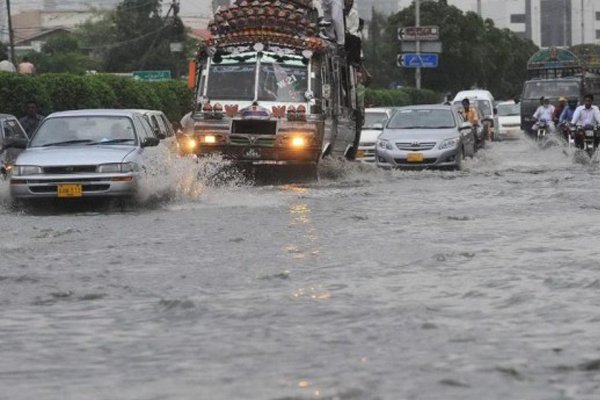
6. Be careful, hydroplaning may occur
Hydroplaning is that situation where a car drives into water and at some point experience little or no contact with the ground. In order to get out of a hydroplaning situation let off the gas and steer straight or slightly in the direction you must go. Do not make sudden motions and remain calm.

7. Avoid pools of water
Look out for pools of water. Some of them might be potholes filled with floodwater. So slow down when you encounter one, then careful drive into it if it cannot be avoided.
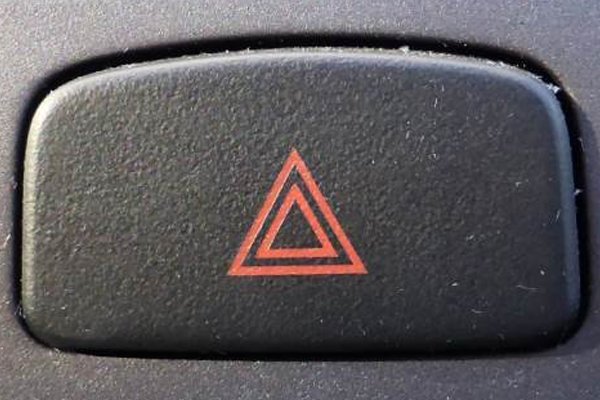
8. Use Your hazard lights
If the water somehow affects your car, and there seem to be a driving problem, turn on your hazard light – or as we call them in Nigeria, double indicator. This will hint other motorists to be cautious.
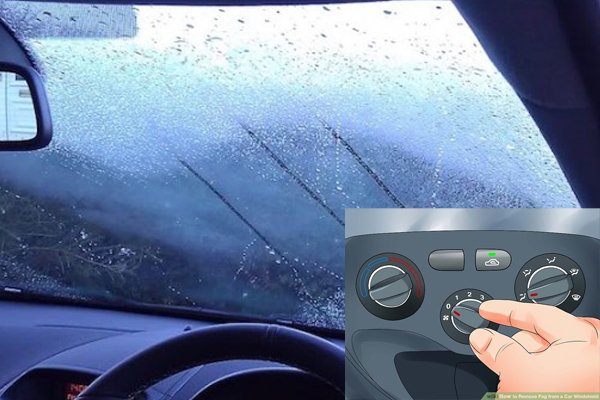
9. Turn on the defroster if the windscreen begins to fog
A car’s windscreen generally forms fog on its surface if the air in the car is warmer than the windscreen. When the warm air hits the cold windshield, the water vapor starts to turn to liquid, leaving a wet fog on your windshield. When this happens, turn on the defroster in your car. Defrosters in your vehicle blow warm dry air to clear the fog formed on your windscreen.

1o. Maintain a Safe Distance Between your car and the Car ahead of you
Under rainy conditions, the roads becomes slippery. Brakes may not effectively function in grinding a car to a sudden halt. Therefore, when the car ahead of you instantly halts, applying your break in order to avoid a collison with the car might not provide the anticipated result. It is therefore wise to keep a good distance between you and the car ahead of you.

 News1 week ago
News1 week ago
 News1 week ago
News1 week ago
 Celebrities Auto1 week ago
Celebrities Auto1 week ago
 News5 days ago
News5 days ago
 News1 week ago
News1 week ago
 News5 days ago
News5 days ago
 Concept Cars1 week ago
Concept Cars1 week ago
 Celebrities Auto6 days ago
Celebrities Auto6 days ago













